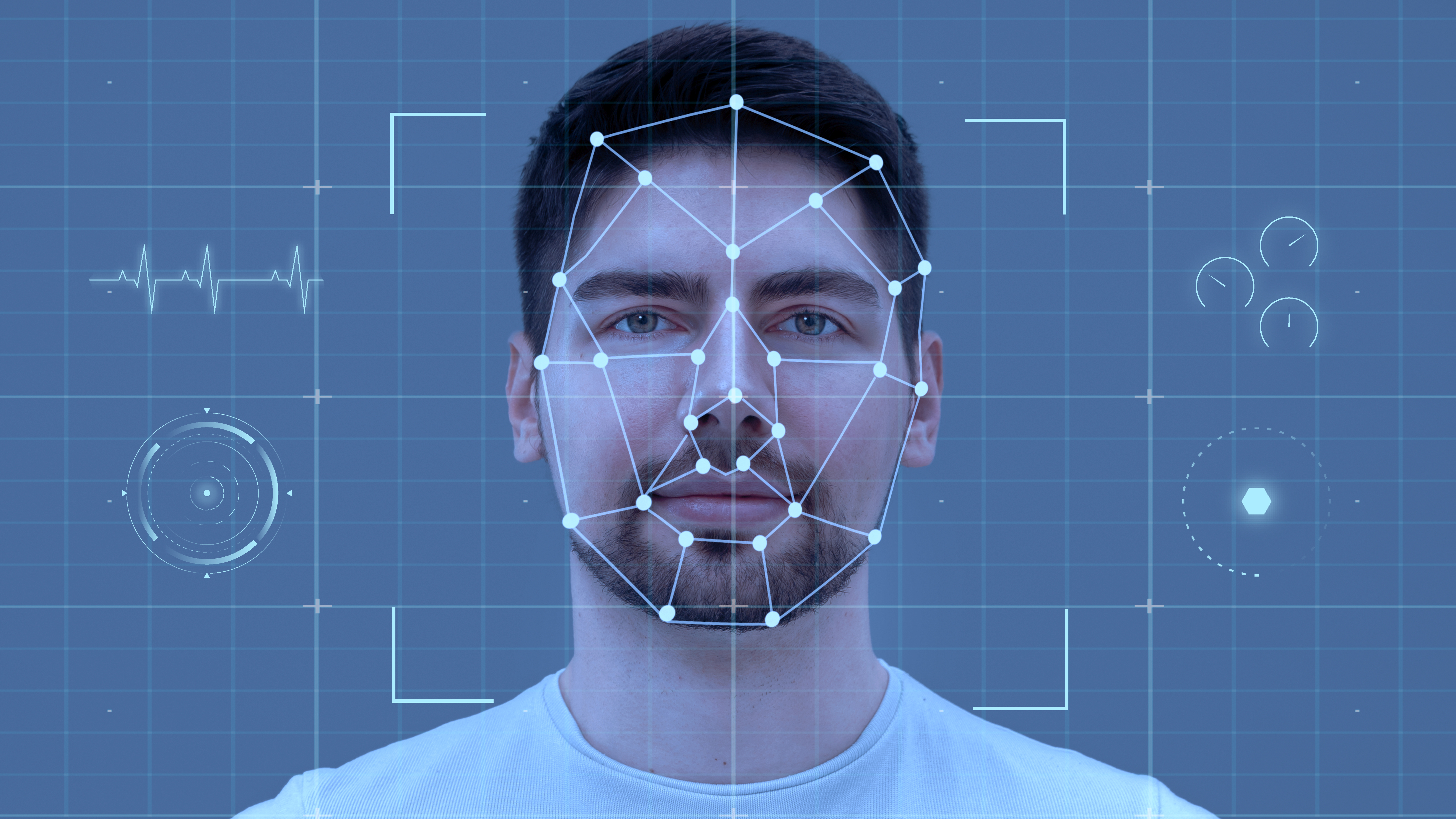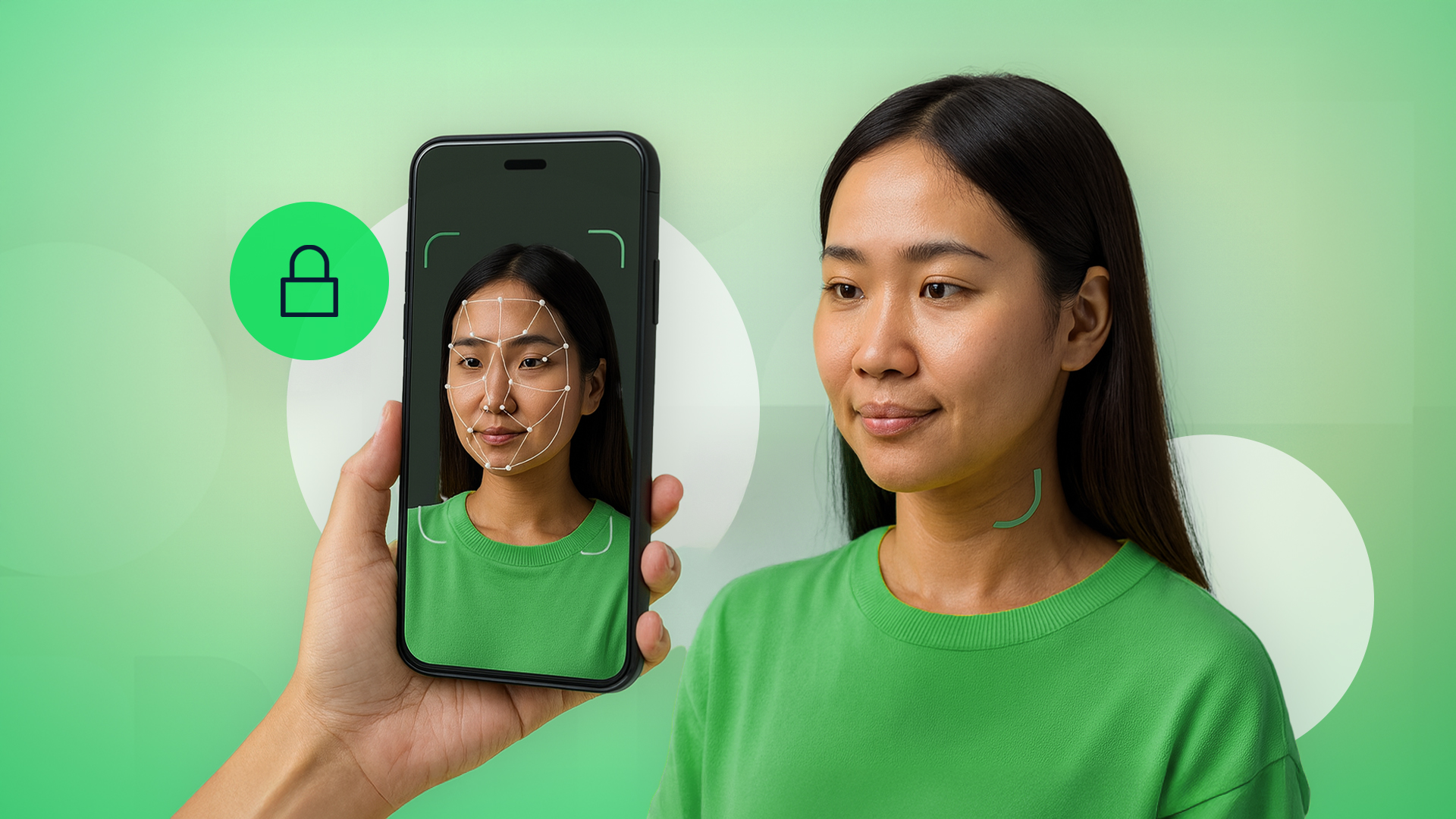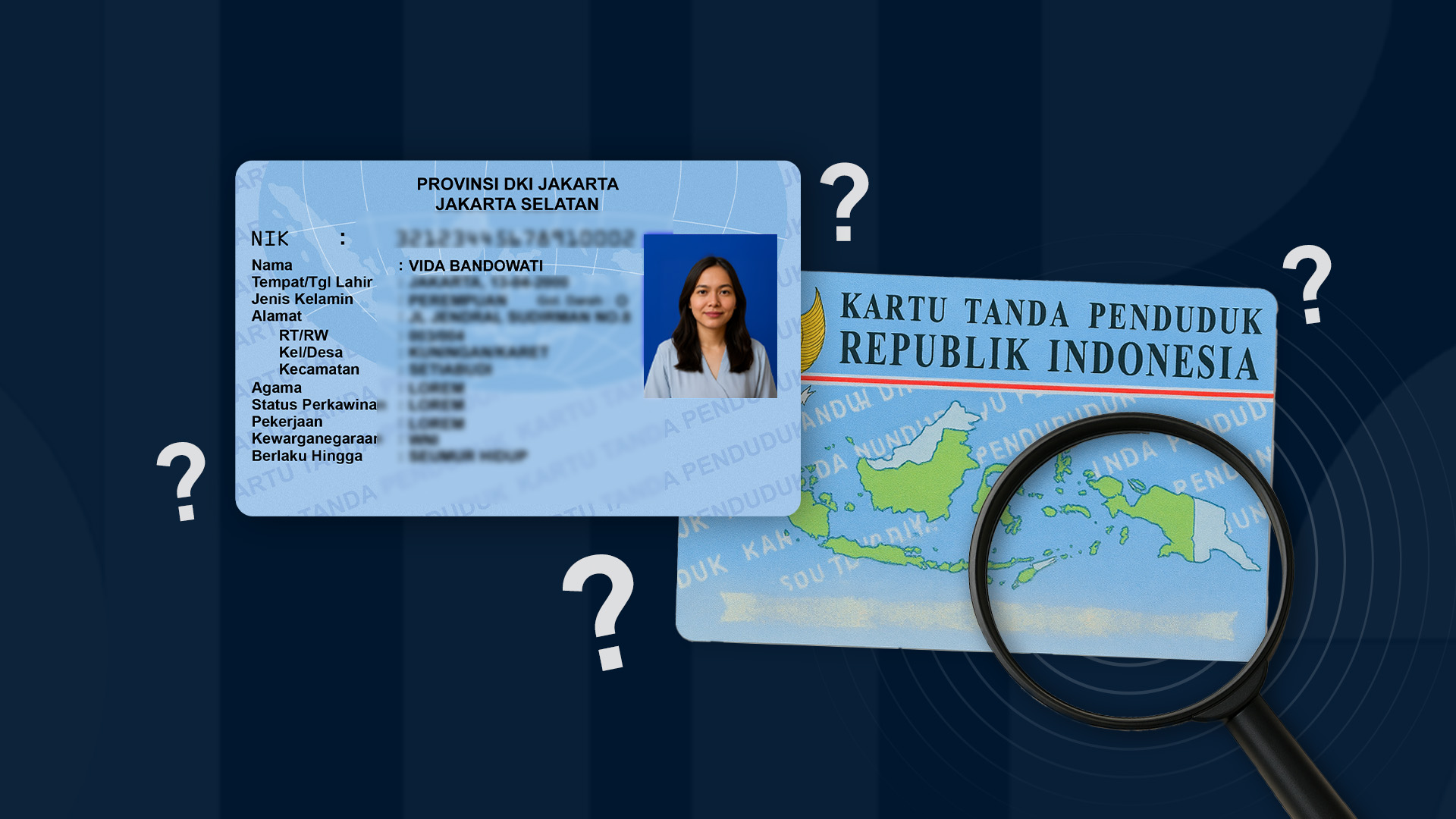Do you enjoy uploading selfies to the internet? Be cautious, as that's the first step in creating a deepfake. Nowadays, making deepfakes is incredibly easy with various applications available on smartphones and computers. Essentially, deepfake is as simple as morphing our face into someone else's face, whether in the form of a photo or video. But how does the process work?
The crucial AI technology behind the development of deepfake is Generative Adversarial Networks (GANs). This system consists of two networks: the Generator and the Discriminator. They compete against each other to produce high-quality synthetic data (photos, videos, and audio) that closely resemble the originals. To create a deepfake, GANs go through several processes.
1. Data Collection and Preprocessing
This is why you should be cautious when sharing selfies on the internet. Your photos are collected and used as AI training data. The more selfies you have with various expressions, the smarter the AI becomes in mimicking your face. It not only includes expressions but also poses, facial textures, contours, and even the number of blinks.
2. Deepfake Model Training
Using the collected data, AI maps the facial features of the target individual onto the desired subject. For instance, your facial expression may be superimposed onto the face of a president. This phase maximizes the process of facial feature placement, texture matching, and expression matching like the number of blinks. The more data of your face and the target individual, the higher the quality of the result.
3. Finalization of Output
Once the deepfake is successfully created, the next step is finalizing the result by enhancing feature and eliminating flaws in the output. For example, smoothing facial movements, color correction, blending facial textures, or synchronizing lip movements with audio.
In short, the deepfake creation process becomes easier with more collected data. That's why it was emphasized at the beginning of this article that uploaded selfies potentially become deepfakes, especially if you've been a long-standing target for fraud.
Deepfake isn't just for entertainment but has evolved into a form of identity theft. Your facial photo stolen from the internet can be used by scammers to access personal data, bank accounts, or other sensitive information by deceiving facial biometric verification processes.
Meanwhile, companies should invest in biometric verification within their security systems. Moreover, facial biometric verification must also be protected by security systems that prevent deepfakes from infiltrating. Because the sophistication of current technology makes facial biometric verification vulnerable to infiltration by deepfake scammers.
As part of the data protection solution, VIDA offers the latest technology development, namely VIDA Deepfake Shield. In this regard, VIDA has been reinforced with the ability to control the entire process towards accessing biometric systems, so that even the smallest fraud loophole can be quickly prevented.

.png)


